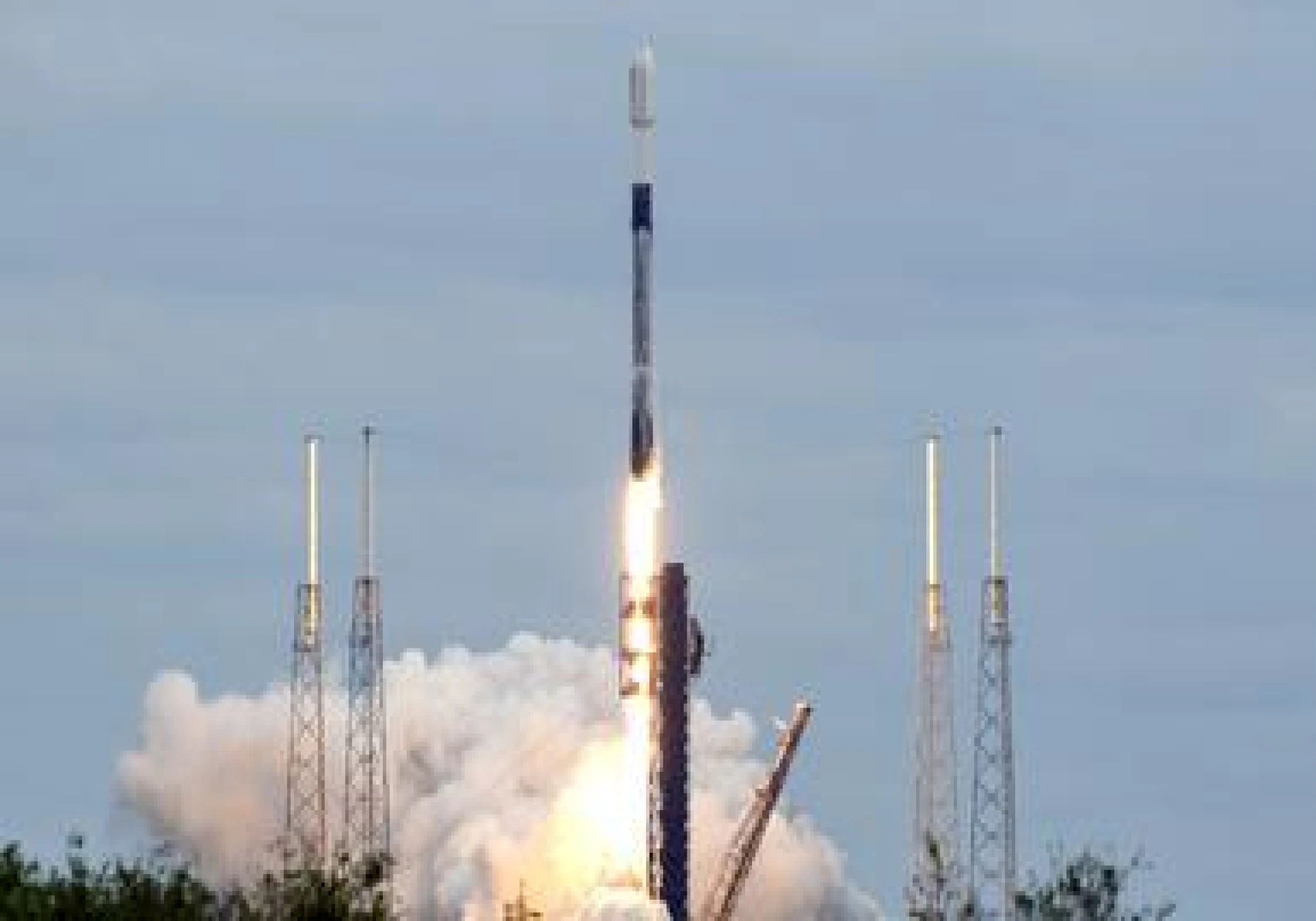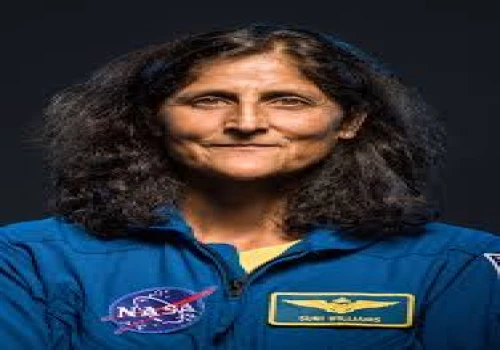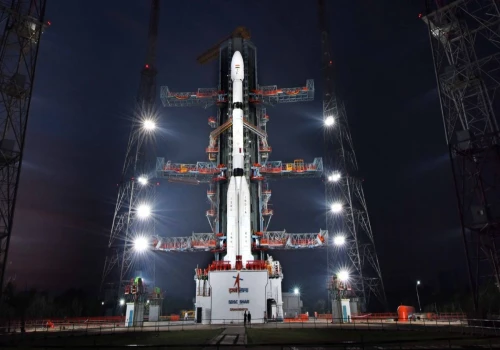
In a groundbreaking collaboration, SpaceX, the American aerospace giant led by Elon Musk, successfully launched the Indian Space Research Organisation’s (ISRO) GSAT-N2 communication satellite into orbit from the Kennedy Space Center in Florida. The mission marks a milestone in international cooperation in space exploration and satellite technology. SpaceX's Falcon 9 rocket was used to launch the cutting-edge communication satellite.
Radhakrishnan Durairaj, chairman and managing director of New Space India Limited, the commercial division of the Indian Space Research Organisation (ISRO), told NDTV that the GSAT N2 or GSAT 20 has been put in a precise orbit.
The Liquid Propulsion Systems Centre and ISRO's Satellite Centre collaborated to construct the GSAT-N2, a communication satellite. This high-throughput satellite will improve broadband services and offer in-flight connectivity across the country with its 48 Gbps data transfer capabilities. In addition to adding data transmission capacity to the communication infrastructure needed for India's Smart Cities Mission, it will carry on the GSAT series of communication satellites. It is anticipated that the satellite will continue to function for 14 years.
The satellite has 32 user beams, including 24 large spot beams for the rest of India and 8 narrow spot beams for the Northeast. Within mainland India, hub stations will support these 32 beams. The Indian space agency stated that the Ka-Band HTS communication payload offers a throughput of roughly 48 Gbps.
ISRO’s Chairman, S. Somanath, praised the collaboration, stating, “This is a proud moment for India as we partner with a global leader like SpaceX. GSAT-N2 represents a significant leap in our communication capabilities, and this launch sets a precedent for future collaborations in space technology.”
Elon Musk, CEO of SpaceX, expressed his enthusiasm on social media, saying, “Honored to work with ISRO on this mission. Space knows no borders.”
This collaboration underscores the growing trend of partnerships between space agencies and private companies, highlighting the potential for innovation and shared advancements in space exploration. As SpaceX and ISRO continue to push the boundaries of what’s possible, the world watches with bated breath for the next big leap in the space race.











